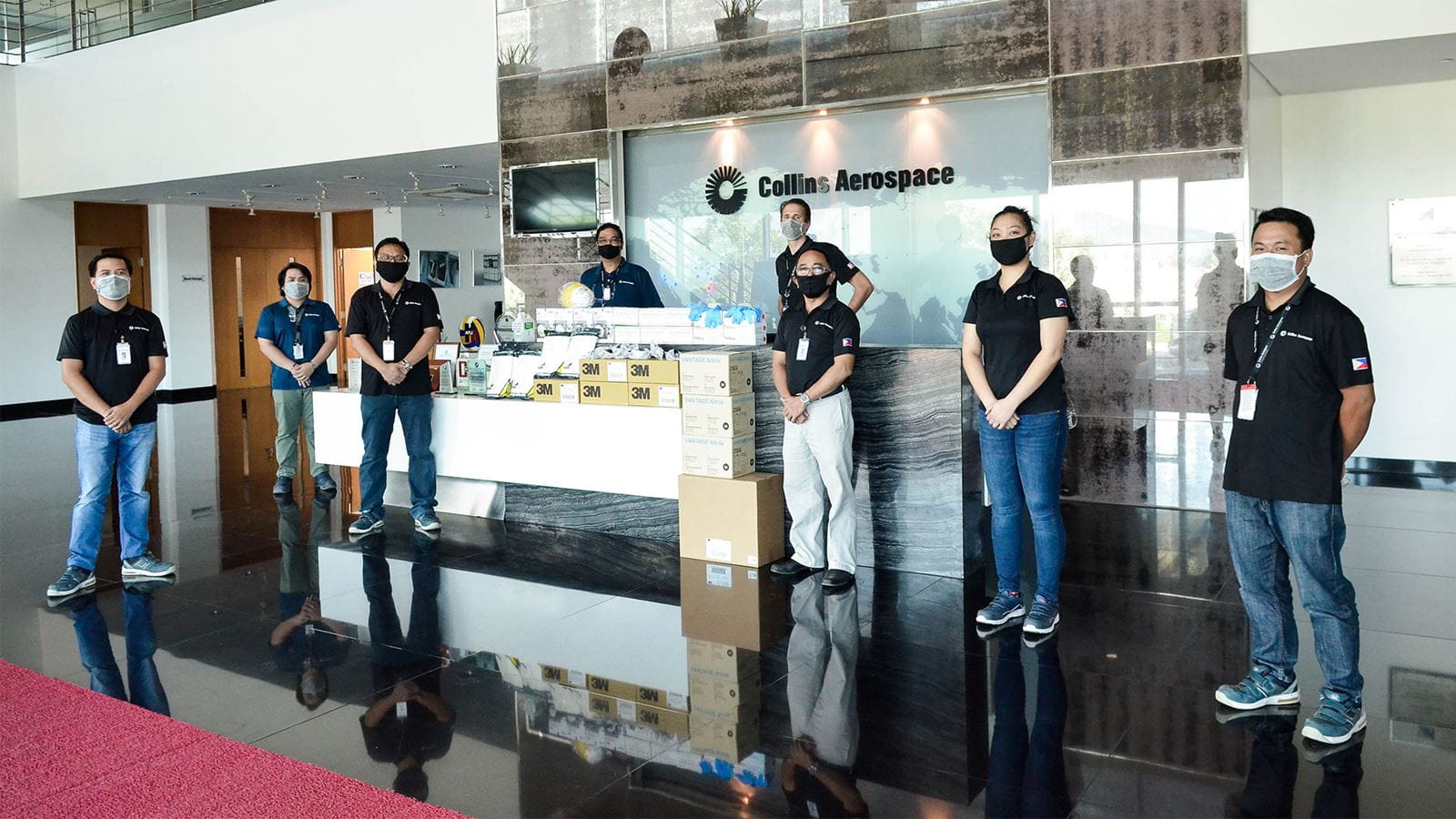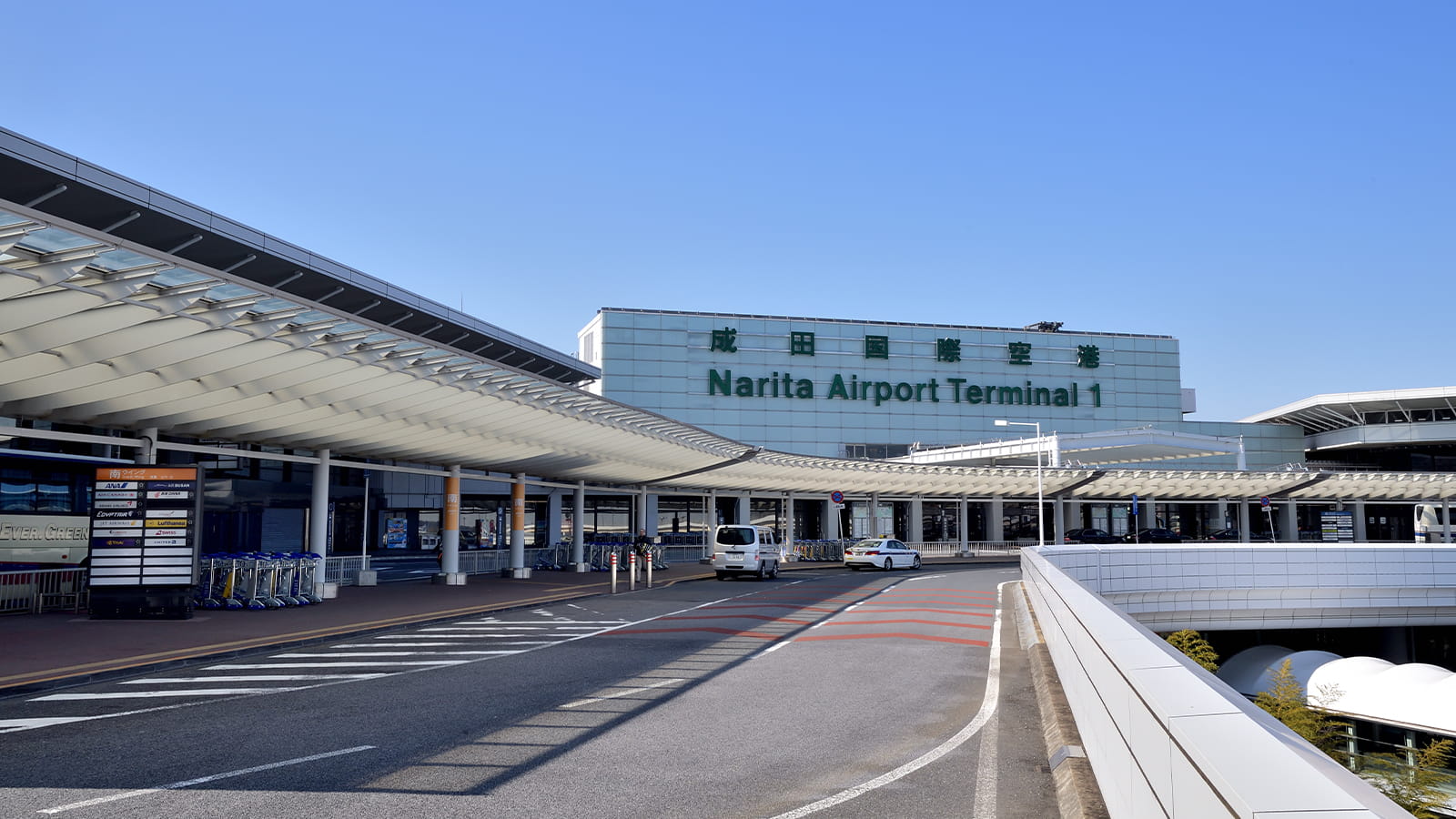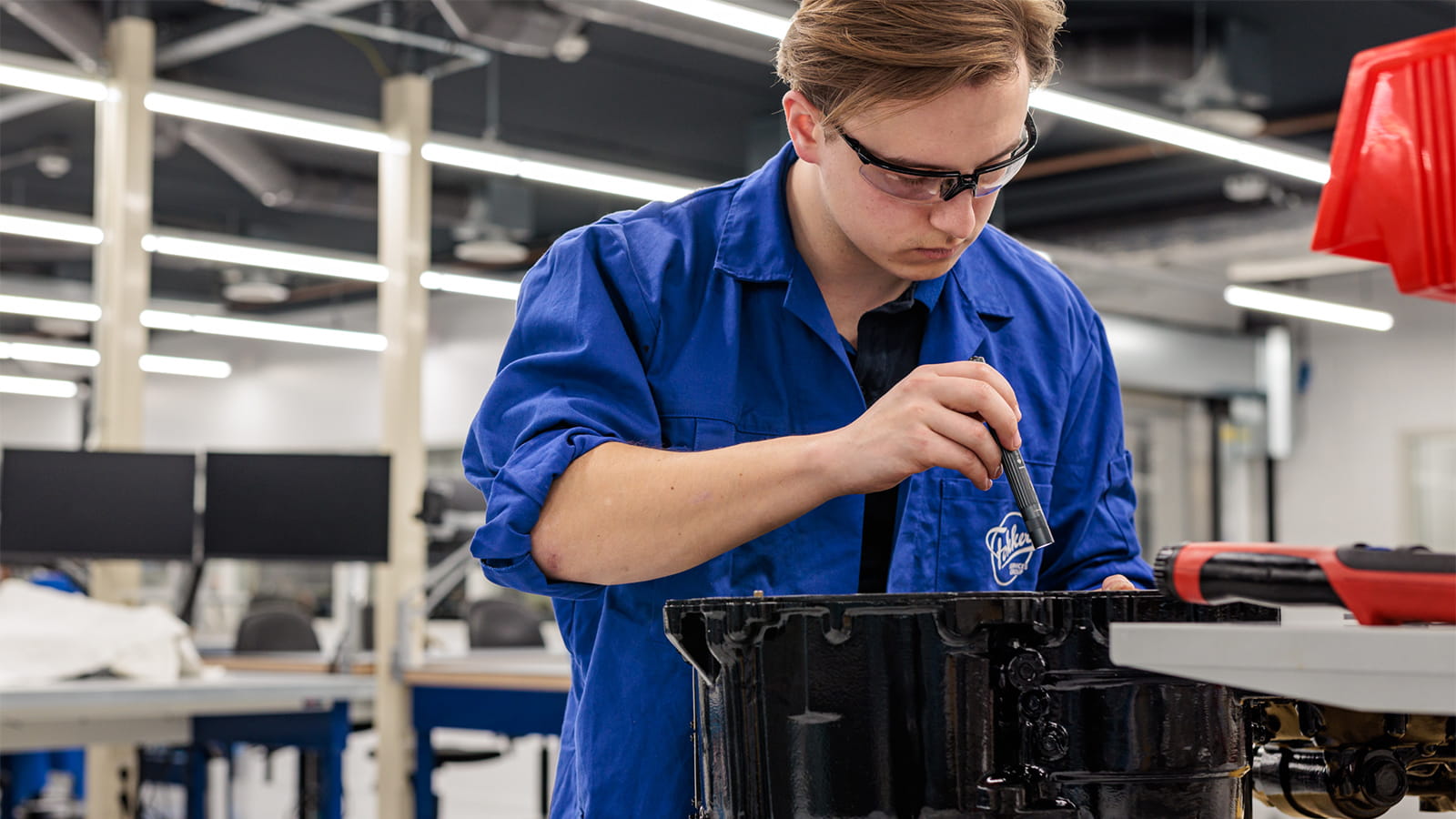Consecutive crises prompts Philippines team to learn and adjust
When disaster strikes - in our personal lives or on a global scale - it’s often all we can do to focus on what’s in front of us. Finding a way through is difficult enough.
But hindsight is a funny thing. It usually comes with some useful insights.
Once on the other side of a challenge, we can more accurately reflect on the experience - what we’ve learned, how we’ve grown and ways we can improve. Even under the harshest conditions.
On January 12th, Philippine authorities urged the evacuation of nearly a million people as the nearby Taal volcano heaved ash nine miles into the air just south of the capital city of Manila. Lava gushed from the volcano's vent sending tens of thousands of Filipinos scrambling to temporary shelters.
Located 17 kilometers from the Taal volcano is one of our Interiors locations. Many employees and their extended families were displaced from their homes and communities. While the Philippine site Crisis Management Team (CMT) had prepared for community and business continuity disruptions, potential gaps in crisis planning often aren’t revealed until the crisis is underway.
“Our management culture was conditioned around the real possibilities of crisis management,” said Mat Baxter, general manager of the Collins Philippines site. “Although never fully prepared, we built that muscle, which proved vital during the next challenge we were about to face.”
That next challenge, of course, was the global coronavirus outbreak.
“Business continuity planning was thoroughly scrutinized during the Taal volcano eruptions and it expanded to include pandemic contingencies ranging from on-site preparedness, PPE, work from home strategies and logistics flexibility,” said Mat. “As a result, we had procured an extended supply of PPE (personal protective equipment) for our employees.”
But that was just the beginning of the response. As the virus spread the CMT became aware that one in five Filipinos who tested positive for COVID-19 were frontline medical workers. The information came from a detailed presentation put together by Van Munson, associate director of operations for the site and his A350 Galleys team.
“Many frontline workers were using makeshift PPE like trash bags, water bottles and basic face coverings for protection,” described Mat. “We all agreed that while our primary focus was on operations and employee safety, we couldn’t afford not to help support the local medical efforts.”
The risk for ash exposure was shorter than predicted, leaving the site with a cache of available PPE to aid medical workers at three area hospitals. In total, 15,000 gloves, 9,000 face masks, 3,000 N95 masks, 800 coveralls and 405 goggles were divided, donated and delivered to the medical centers by the Interiors team.
The donations could not have come at a better time, as the inventory at the hospitals had diminished to just a few days-worth, with no replenishment in site.
“In hindsight, the Taal volcano eruption really prepared us for the effects COVID-19 would have from a business continuity standpoint, but it also afforded us the opportunity to quickly help our local communities when they needed us most,” said Mat. “I take great pride in being part of a team that leads with what the Filipino people call ‘puso at pag-iisip’ or ‘heart and mind.’”



